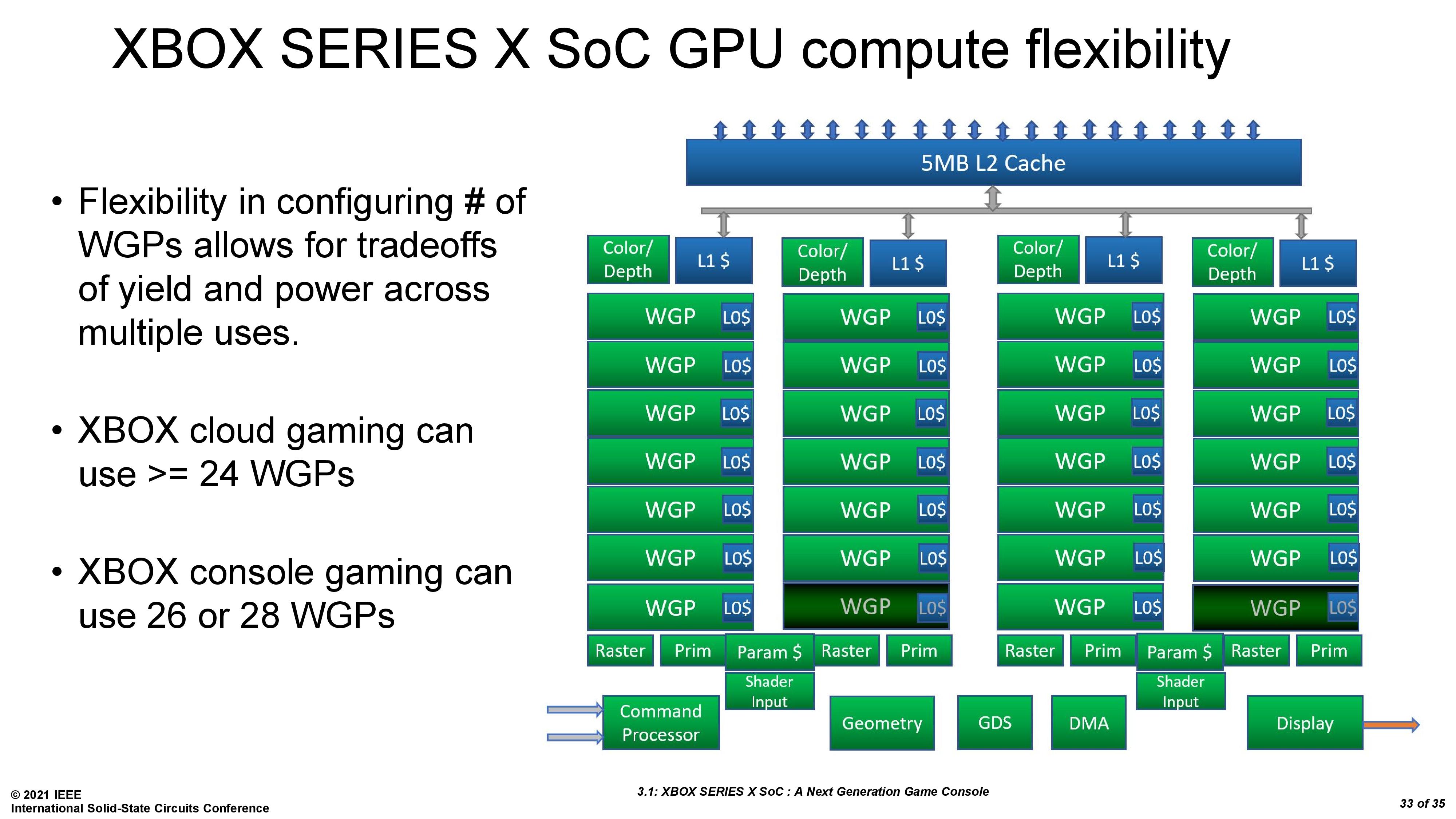Could you link the source for that please.
Could possibly see that being the case if it never already had disabled CU's for redundancy.
I can't speak to the first although I guess they can use defect series x's to play backwards compatible or less demanding games ?
For the second in terms of the actual screen power usage I don't think there will be a huge difference between 720p and 1080p. In terms of hardware they could lock it to 720p sure but I think they would go with 1080p to better match the full hd offering as a next gen portable
Can't seem to find the source. From what I remember they are using defective Series X chips that have 48 active CUs and upping the clock to 1979mhz to reach 12.155 TFs.
And I would love a 1080p screen but it makes sense to me to run the games at 720p when portable to conserve power.


